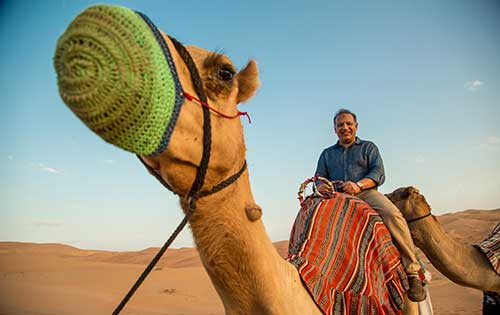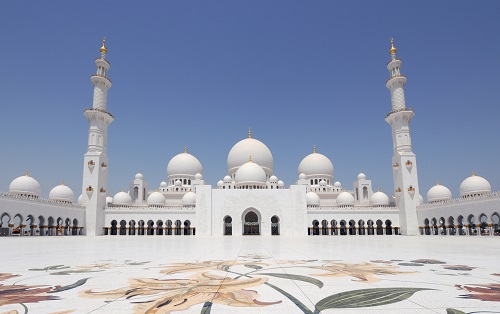Articles found in: Abu Dhabi

Discover Abu Dhabi
Published on February 1, 2017
Abu Dhabi, the capital of the United Arab Emirates, features larger-than-life luxury and exotic desert landscapes. Join Modern Day Explorer Max Aly as he scouts local activities and inclusions for itineraries from SITA World Tours to Abu Dhabi. USTOA Modern Day Explorers: Adventure Awaits in Abu Dhabi Adventure awaits you in Rub al Khali, one […]
Keep reading
Abu Dhabi: A Modern Metropolis with Desert Flavor
Published on January 10, 2017
By Max Aly, Director of Group Operations, SITA World Tours Behind every great tour experience is a phenomenal product manager – these “Modern Day Explorers” scout undiscovered experiences in new, emerging destinations, rediscover what’s new in beloved places, and get to know the community with the single goal to design enriching itineraries for you […]
Keep reading
